Home>Furniture & Design>Bedroom Furniture>How Long Can A Memory Foam Mattress Stay Compressed


Bedroom Furniture
How Long Can A Memory Foam Mattress Stay Compressed
Modified: September 2, 2024
Discover how long a memory foam mattress can stay compressed and maintain its quality. Find the best bedroom furniture and design tips for your home.
(Many of the links in this article redirect to a specific reviewed product. Your purchase of these products through affiliate links helps to generate commission for Storables.com, at no extra cost. Learn more)
**
Introduction
**
When it comes to bedroom furniture, the mattress is undeniably the star of the show. Among the various types of mattresses available, memory foam mattresses have gained immense popularity for their exceptional comfort and support. However, a common question that arises regarding these mattresses is how long they can stay compressed. In this article, we will delve into the world of memory foam mattresses, exploring the factors that affect their compression and storage, and ultimately answering the pressing question of how long a memory foam mattress can remain compressed. So, let's embark on this journey to unravel the mysteries of memory foam mattresses and their compressibility.
Key Takeaways:
- Memory foam mattresses can stay compressed for short periods, but prolonged compression can affect their ability to fully recover. Proper storage in a cool, dry environment is crucial to maintain their quality.
- Factors like material quality, duration of compression, and environmental conditions impact how memory foam mattresses respond to being compressed. Following storage guidelines and manufacturer instructions is essential for preserving their resilience.
Read more: How Long To Air Out A Memory Foam Mattress
Understanding Memory Foam Mattresses
Memory foam mattresses are renowned for their ability to contour to the body, providing personalized support and comfort. This innovative material, originally developed by NASA, has revolutionized the mattress industry with its unique properties.
Memory foam is viscoelastic, which means it responds to temperature and pressure, conforming to the shape of the body when in use. Once the pressure is removed, it gradually returns to its original form. This characteristic is what gives memory foam mattresses their distinctive molding effect, allowing for even weight distribution and alleviating pressure points.
Furthermore, memory foam is known for its motion isolation properties, making it an ideal choice for those who share a bed. The material absorbs movement, minimizing disturbances caused by a restless sleep partner.
Additionally, memory foam mattresses are lauded for their durability and longevity. When properly cared for, they can maintain their supportive properties for many years, providing consistent comfort and quality sleep.
Understanding the unique composition and benefits of memory foam mattresses is crucial in comprehending their compressibility and how they respond to being stored in a compressed state. Now that we have a solid grasp of the fundamentals, let’s delve into the factors that can impact the compression of memory foam mattresses.
Factors Affecting Compression
Several key factors influence the compression of memory foam mattresses, ultimately determining how they respond to being stored in a compressed state. Understanding these factors is essential for gaining insight into the behavior of memory foam mattresses over time.
- Material Quality: The quality of the memory foam used in a mattress significantly impacts its compressibility. High-density memory foam, known for its resilience and ability to retain its shape, tends to fare better when subjected to compression and storage. Lower quality or lower density foams may experience more significant changes when compressed and may take longer to fully recover their original form.
- Temperature and Humidity: Environmental conditions can affect the compressibility of memory foam mattresses. Extreme temperatures and high humidity levels may impact the material’s response to compression and could potentially prolong the recovery time once the mattress is unpacked. It’s important to store memory foam mattresses in a dry, moderate environment to minimize these effects.
- Duration of Compression: The length of time a memory foam mattress remains compressed can influence its ability to fully recover. Short-term compression, such as during shipping, generally has minimal long-term effects on the mattress. However, prolonged compression, especially under less than ideal conditions, may lead to a more pronounced impact on the foam’s properties.
- Initial Condition: The condition of the memory foam mattress before compression plays a role in how it responds to being stored in a compressed state. A new mattress with fresh, resilient foam may rebound more effectively compared to a mattress that has already undergone significant wear and tear.
By considering these factors, we can better comprehend the complexities of memory foam mattress compression and gain insight into how they fare when stored in a compressed state. Now, let’s explore the implications of storage and compression on memory foam mattresses.
Memory foam mattresses can stay compressed for up to 2-3 months without causing permanent damage. However, it’s best to unbox and allow it to fully expand within a few days to maintain its shape and support.
Storage and Compression
Proper storage is crucial when it comes to maintaining the integrity of memory foam mattresses, especially in relation to compression. Whether it’s due to relocation, temporary storage, or shipping, understanding the best practices for storing compressed memory foam mattresses is essential for preserving their quality.
When storing a memory foam mattress in a compressed state, it’s important to follow specific guidelines to minimize the potential impact on its performance:
- Use of Vacuum-Sealed Packaging: Many memory foam mattresses are compressed and rolled for shipping and storage. Vacuum-sealed packaging helps reduce the mattress to a fraction of its size, making it more manageable for transportation and storage. When utilizing vacuum-sealed packaging, it’s crucial to ensure that the mattress is not compressed for an extended period, as this can affect its ability to fully expand and regain its original shape.
- Optimal Storage Conditions: Storing a compressed memory foam mattress in a cool, dry environment is paramount. Excessive heat and humidity can exacerbate the effects of compression, potentially leading to prolonged recovery times and diminished performance. Additionally, exposure to direct sunlight should be avoided, as UV rays can have detrimental effects on the foam material.
- Duration of Compression: While memory foam mattresses can withstand short-term compression during shipping and storage, prolonged compression should be avoided whenever possible. If extended compression is unavoidable, periodically releasing the mattress from its compressed state and allowing it to fully expand can help mitigate potential long-term effects on its performance.
- Unpacking and Expansion: When it’s time to unpack a compressed memory foam mattress, it’s essential to follow the manufacturer’s instructions for proper expansion. Allowing the mattress to fully decompress in a well-ventilated area, free from obstructions, ensures that it can regain its original shape and properties effectively.
By adhering to these storage guidelines, individuals can help safeguard the quality and performance of their memory foam mattresses, mitigating the potential impact of compression on the foam material. Now, armed with a deeper understanding of storage considerations, let’s conclude our exploration of memory foam mattress compression.
Conclusion
As we conclude our exploration of memory foam mattress compression, it’s evident that several factors come into play when considering how long a memory foam mattress can stay compressed. The unique properties of memory foam, including its viscoelastic nature and responsiveness to environmental conditions, make it a remarkable material for mattresses, but also necessitate careful consideration when it comes to compression and storage.
Understanding the impact of material quality, environmental factors, duration of compression, and initial condition on memory foam mattresses provides valuable insight into their compressibility and resilience. By recognizing the significance of these factors, individuals can make informed decisions regarding the storage and handling of their memory foam mattresses, ultimately preserving their quality and performance over time.
When it comes to the question of how long a memory foam mattress can remain compressed, it’s essential to strike a balance between practical considerations and the preservation of the mattress’s integrity. Short-term compression, such as during shipping, typically has minimal long-term effects on the mattress, especially when stored and handled appropriately. However, prolonged compression, particularly under less than ideal conditions, can potentially impact the foam’s properties and recovery capabilities.
By adhering to best practices for storage, including the use of vacuum-sealed packaging, optimal storage conditions, and careful attention to the duration of compression, individuals can mitigate the potential effects of compression on memory foam mattresses. Additionally, following manufacturer guidelines for unpacking and expansion is crucial for ensuring that the mattress can fully regain its original shape and supportive properties.
In essence, while memory foam mattresses can withstand short-term compression and storage, it’s essential to approach prolonged compression with caution and attentiveness to environmental factors. By doing so, individuals can prolong the lifespan and performance of their memory foam mattresses, ensuring that they continue to provide exceptional comfort and support for years to come.
As we bid adieu to our exploration of memory foam mattress compression, let’s carry forth this newfound knowledge, empowering us to make informed decisions and take the necessary steps to preserve the quality and resilience of these remarkable mattresses.
Frequently Asked Questions about How Long Can A Memory Foam Mattress Stay Compressed
Was this page helpful?
At Storables.com, we guarantee accurate and reliable information. Our content, validated by Expert Board Contributors, is crafted following stringent Editorial Policies. We're committed to providing you with well-researched, expert-backed insights for all your informational needs.
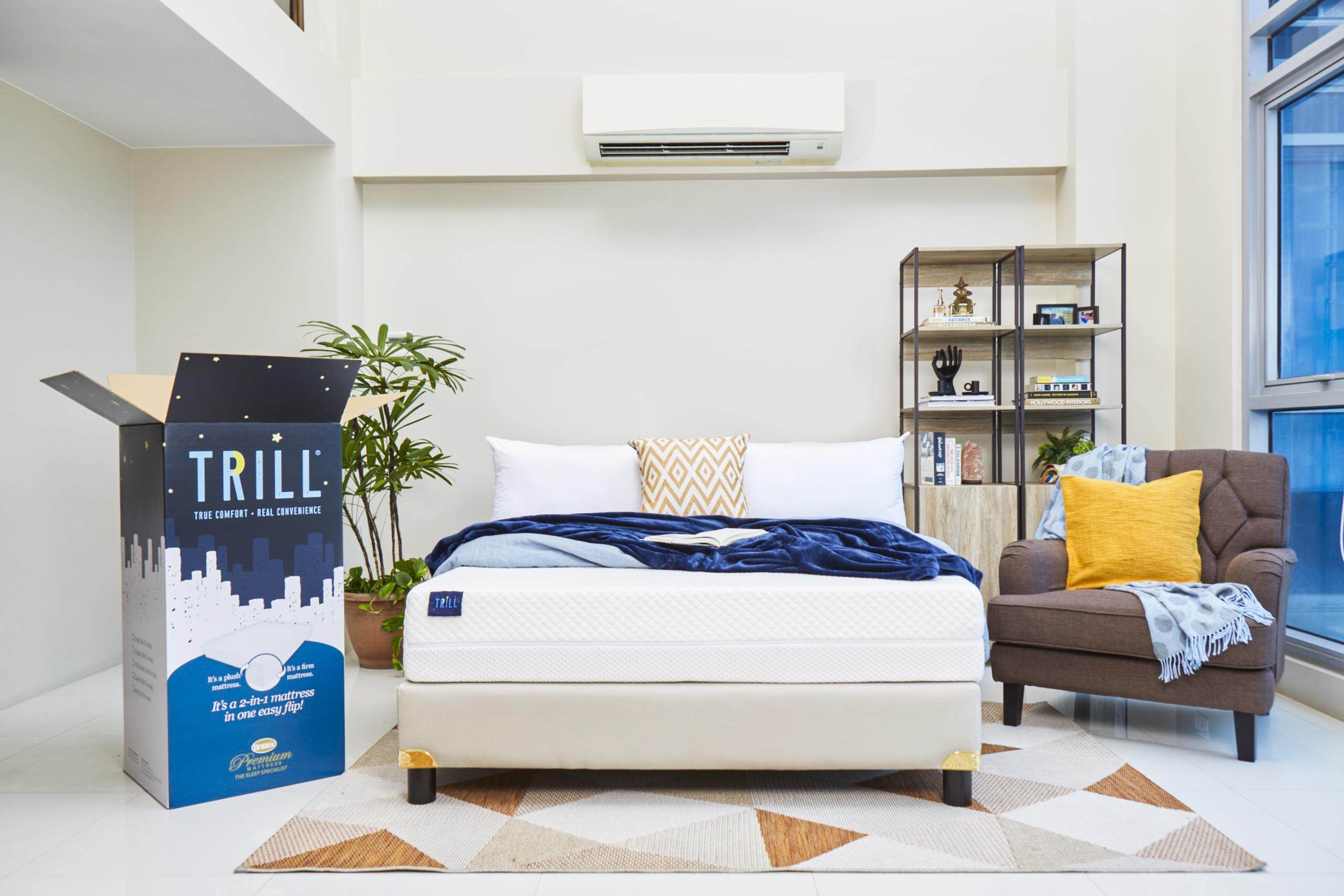
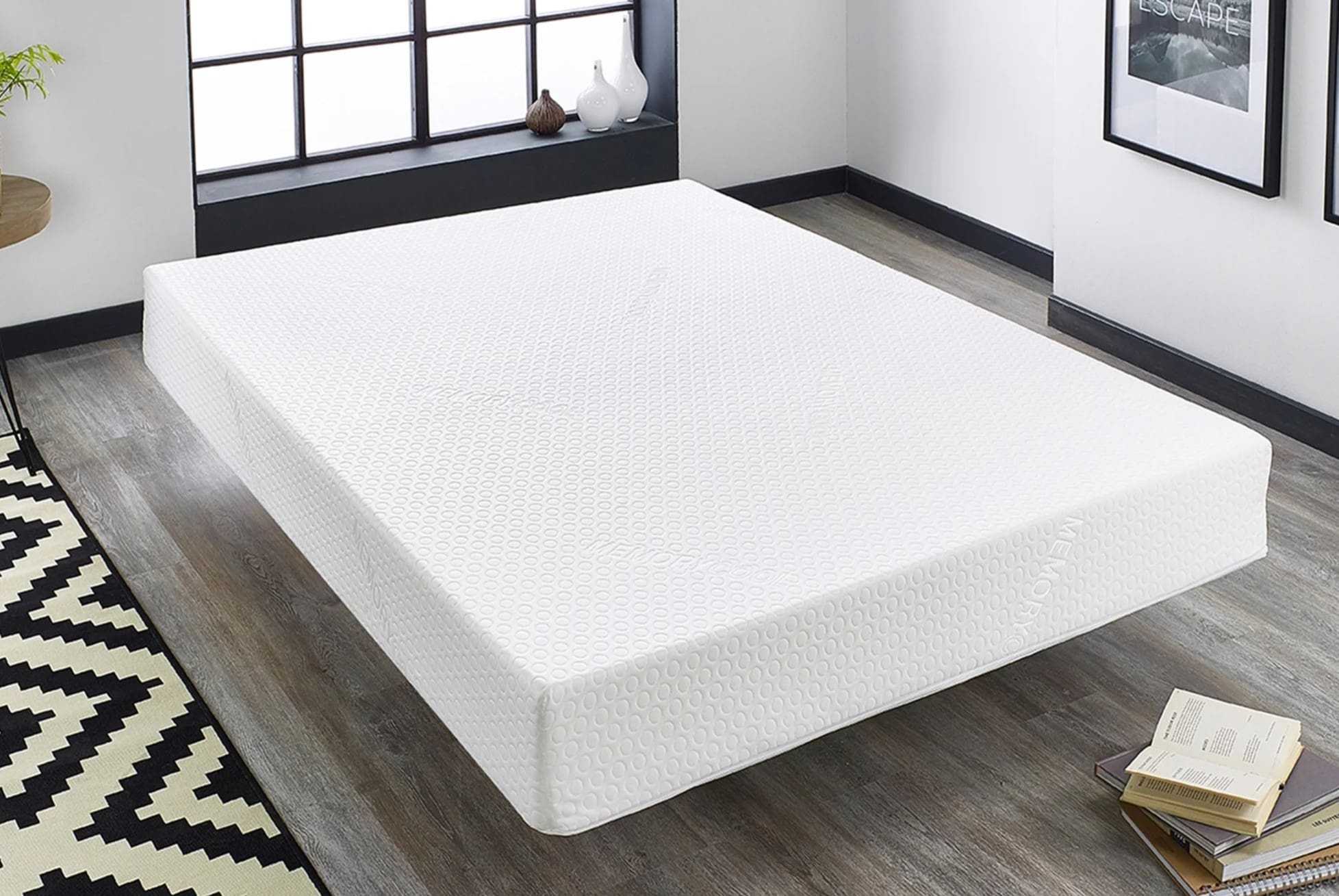
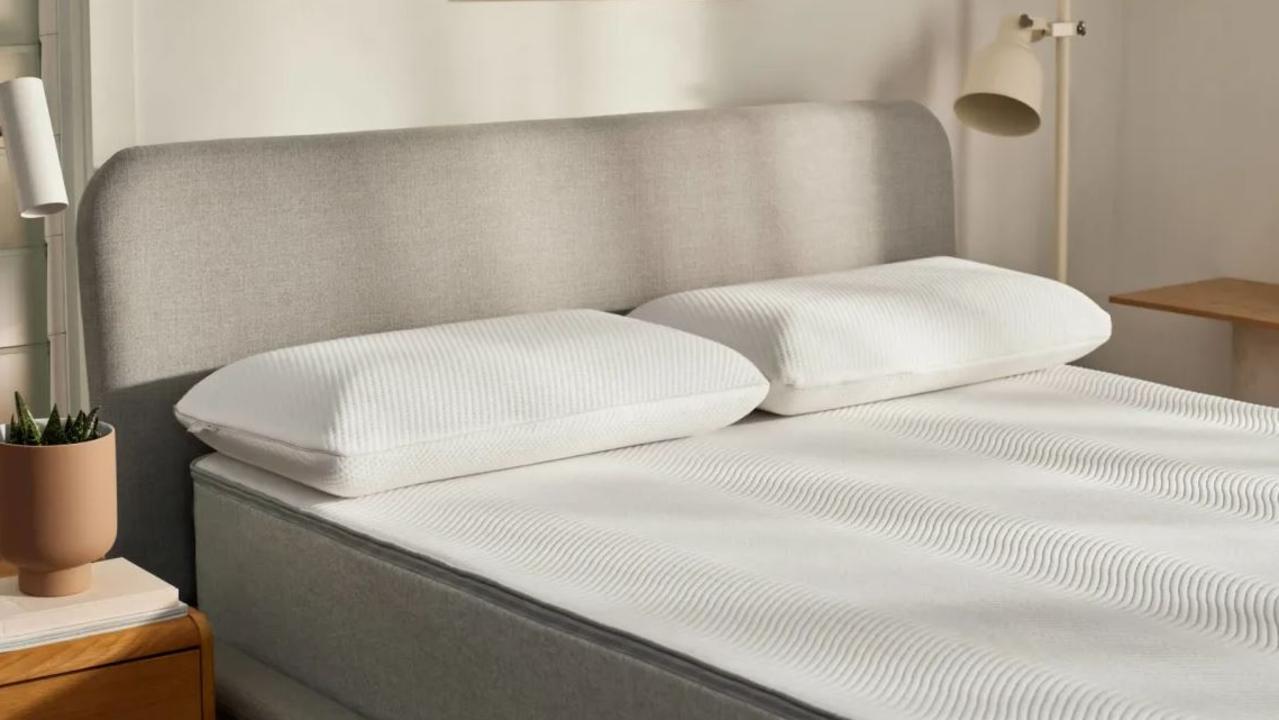
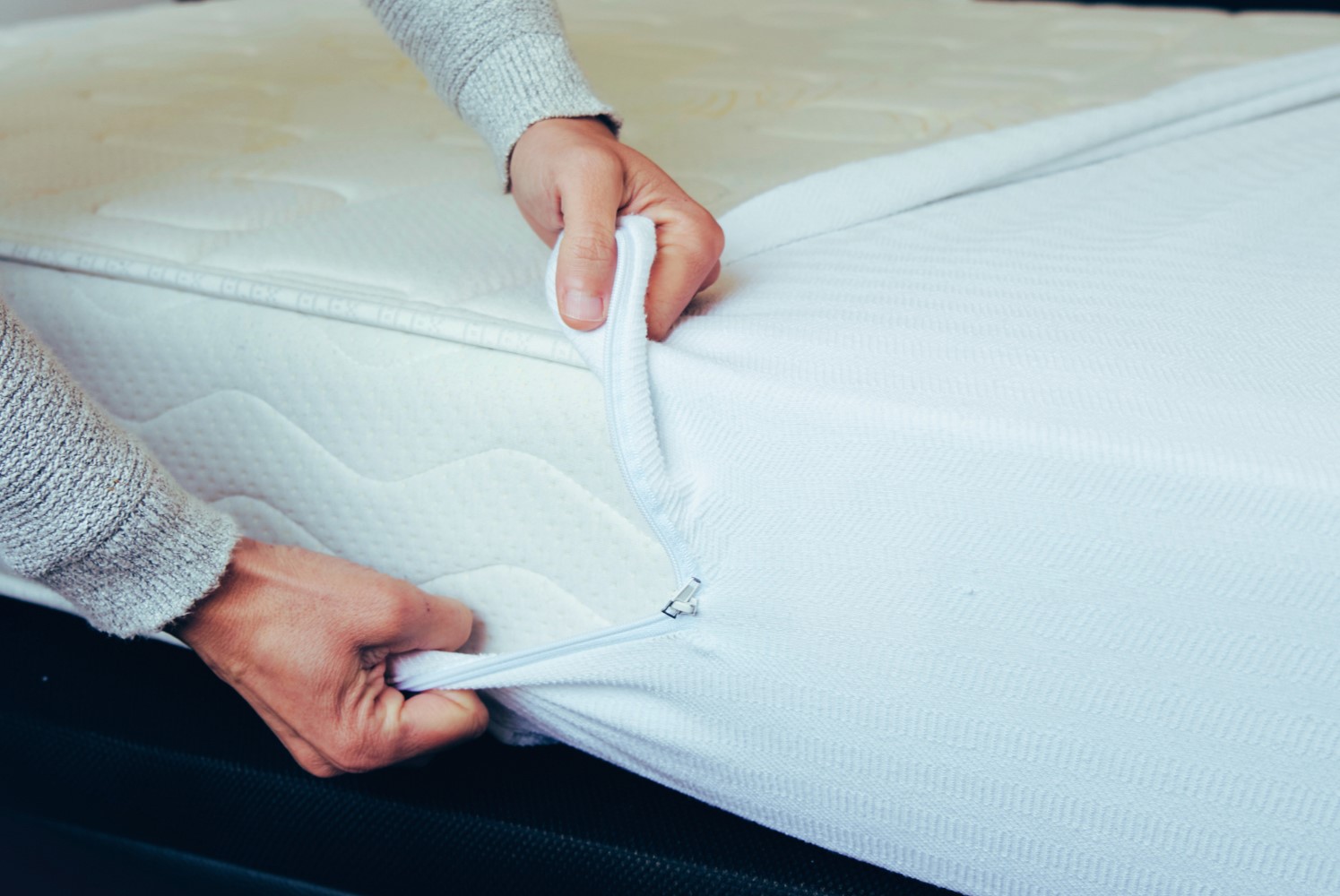


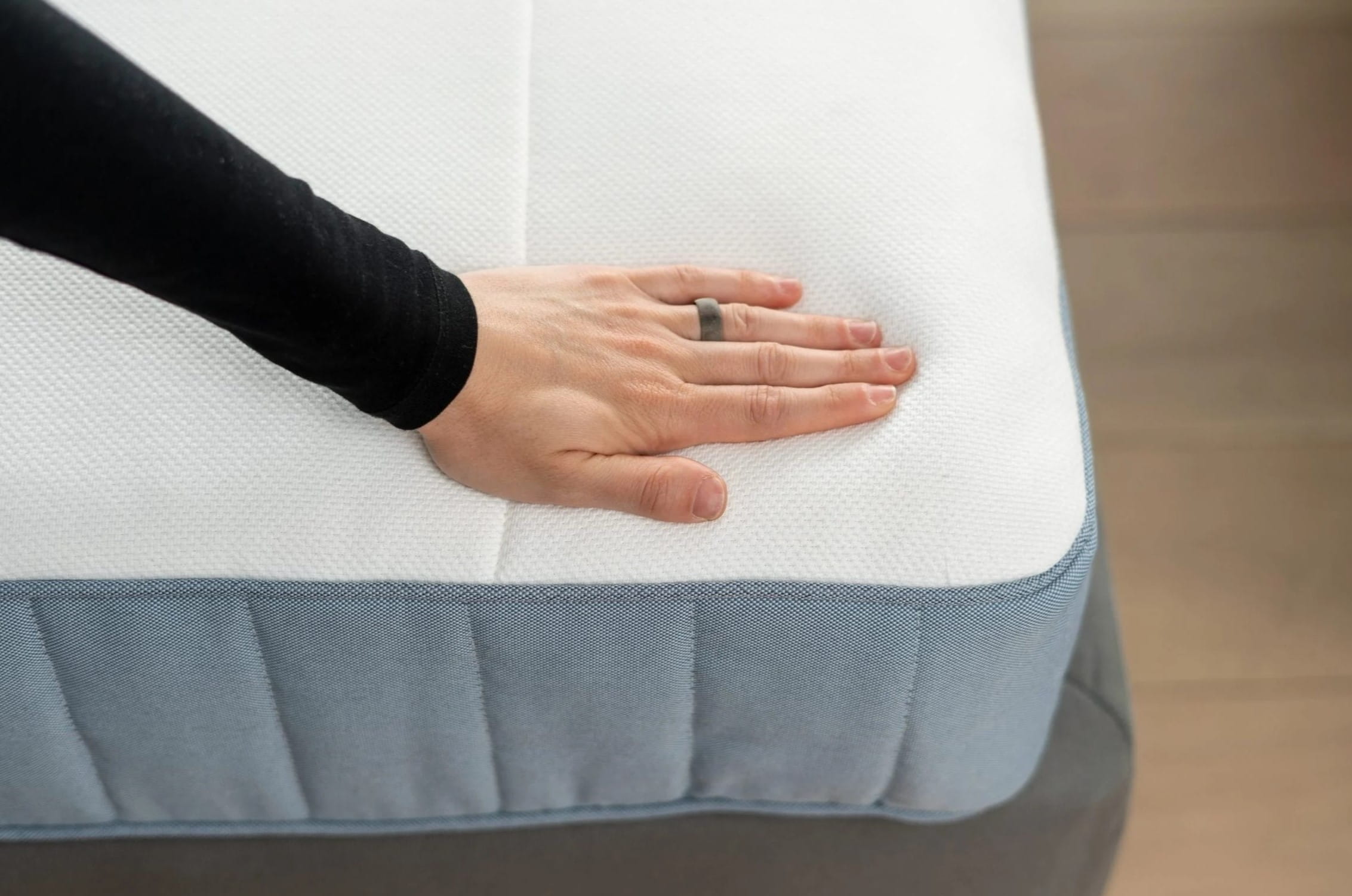



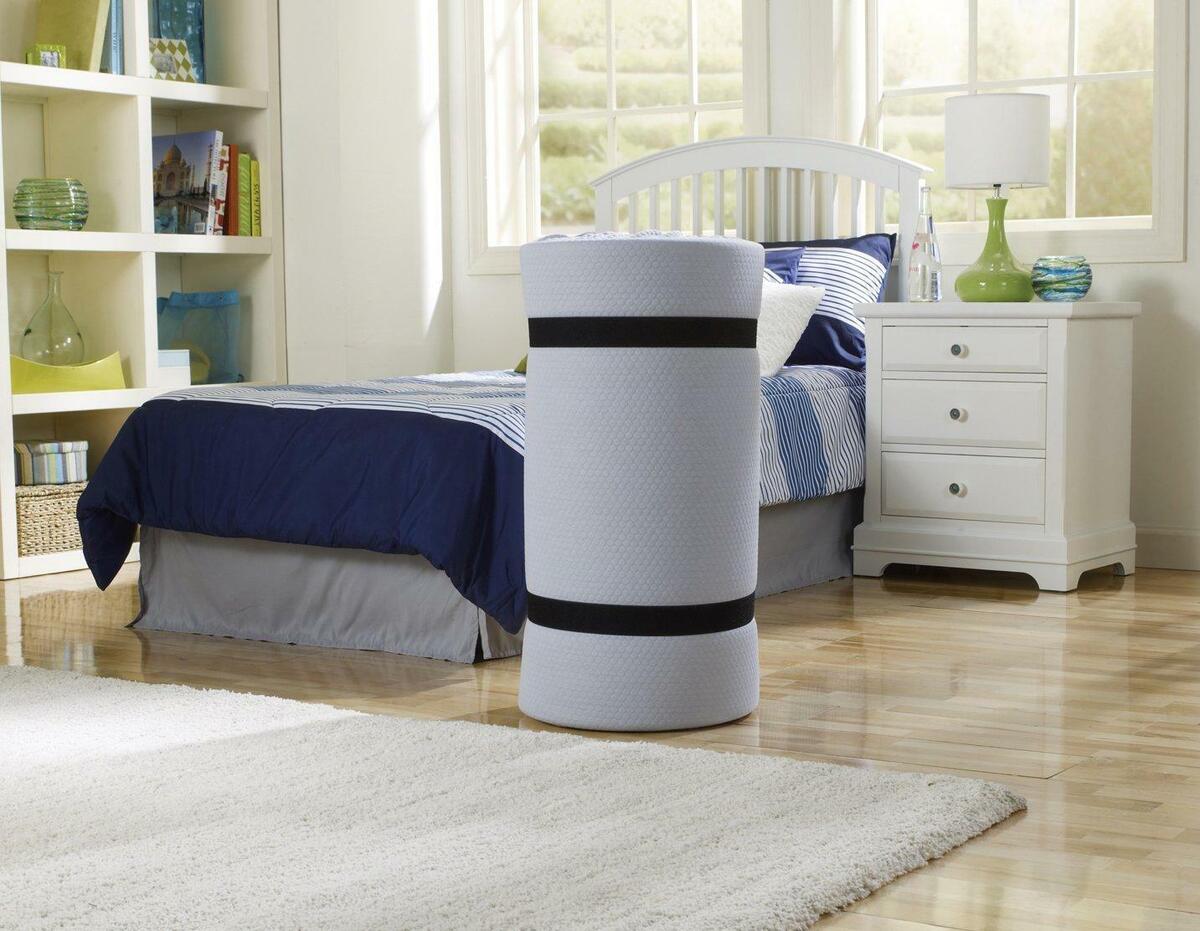
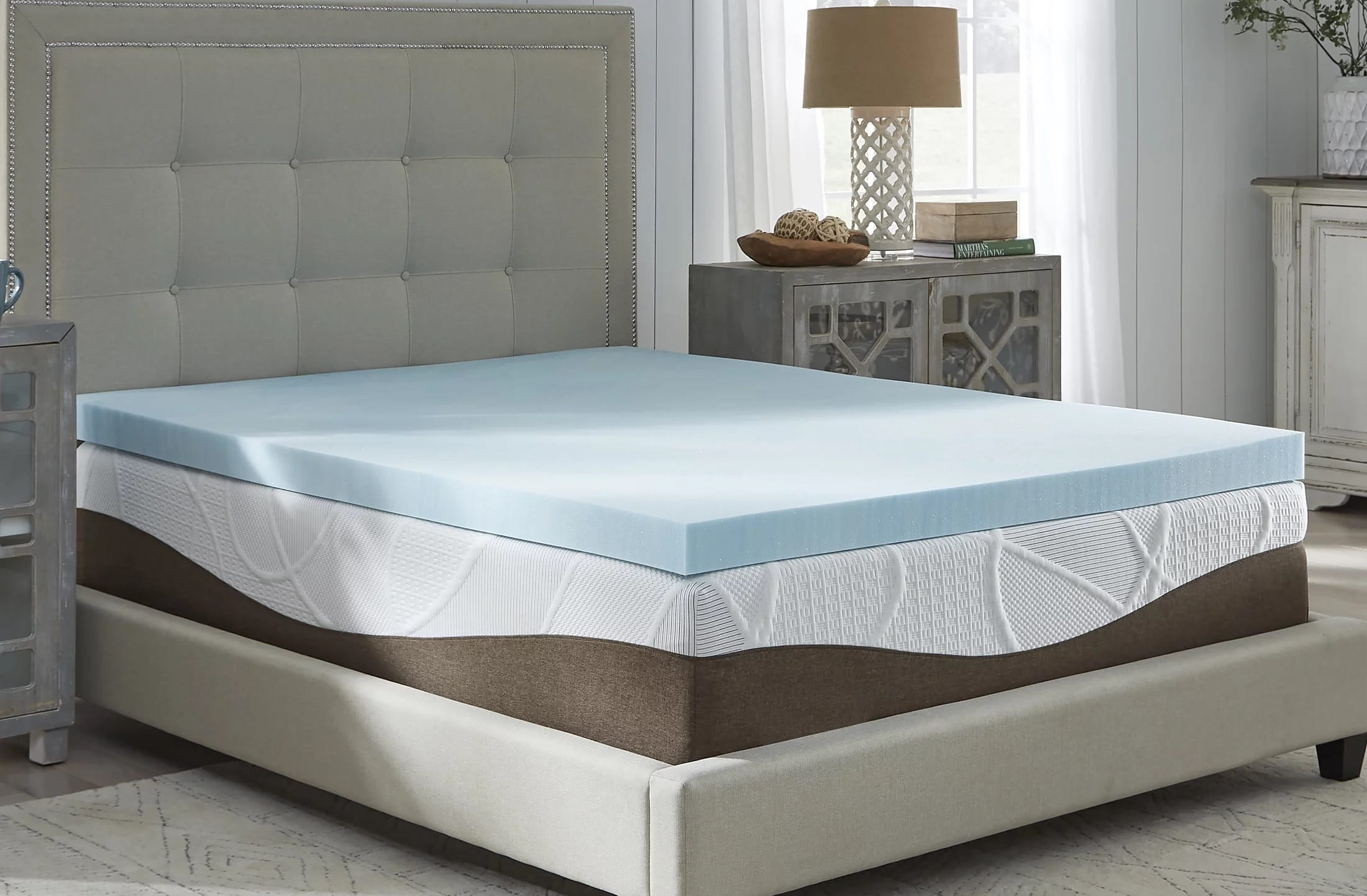
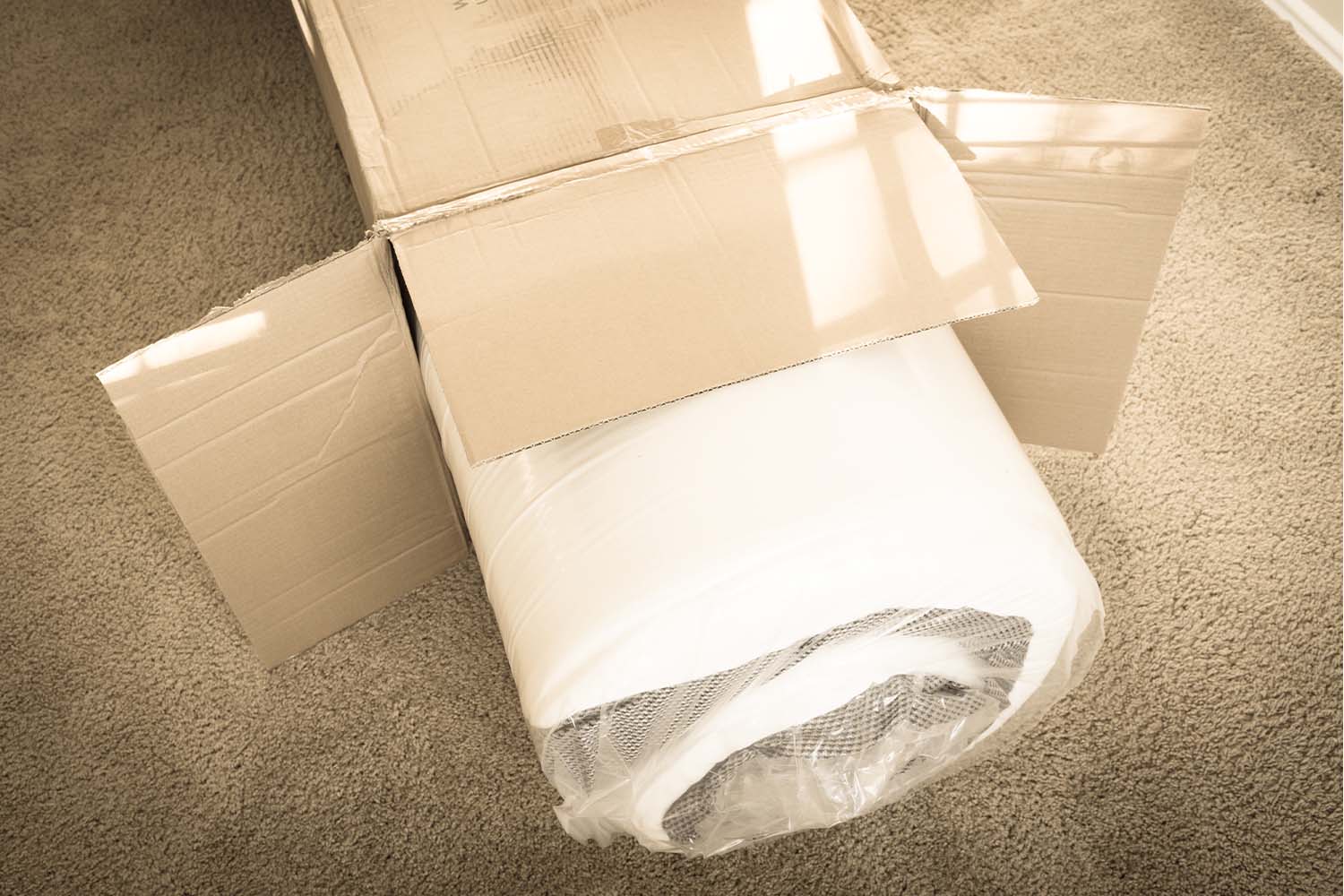

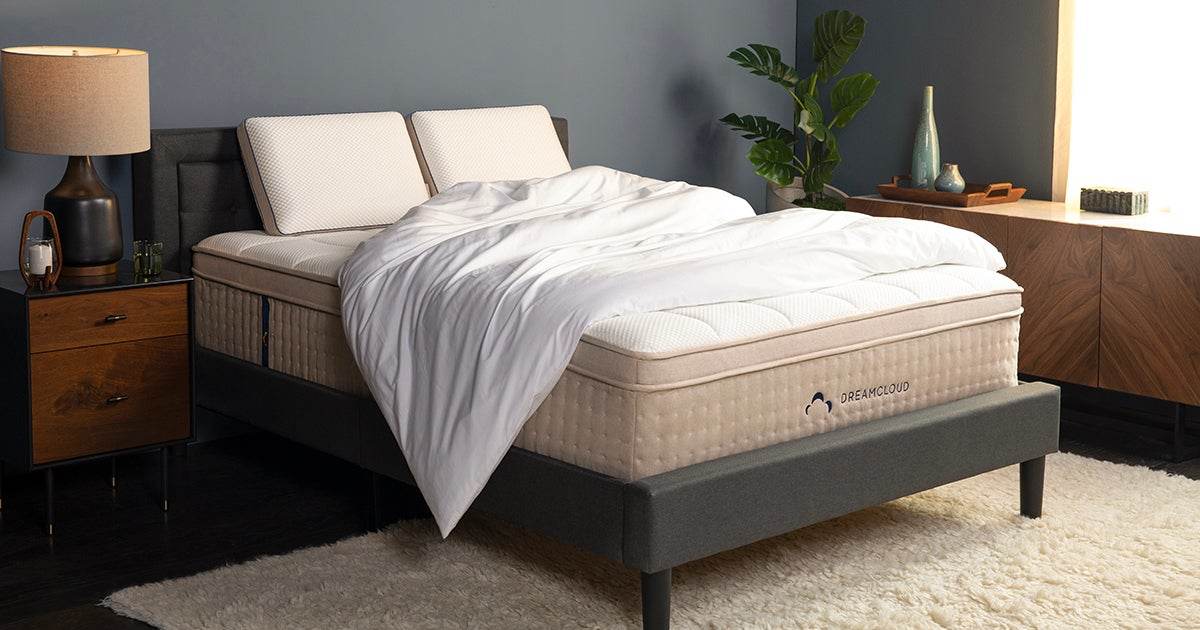

0 thoughts on “How Long Can A Memory Foam Mattress Stay Compressed”